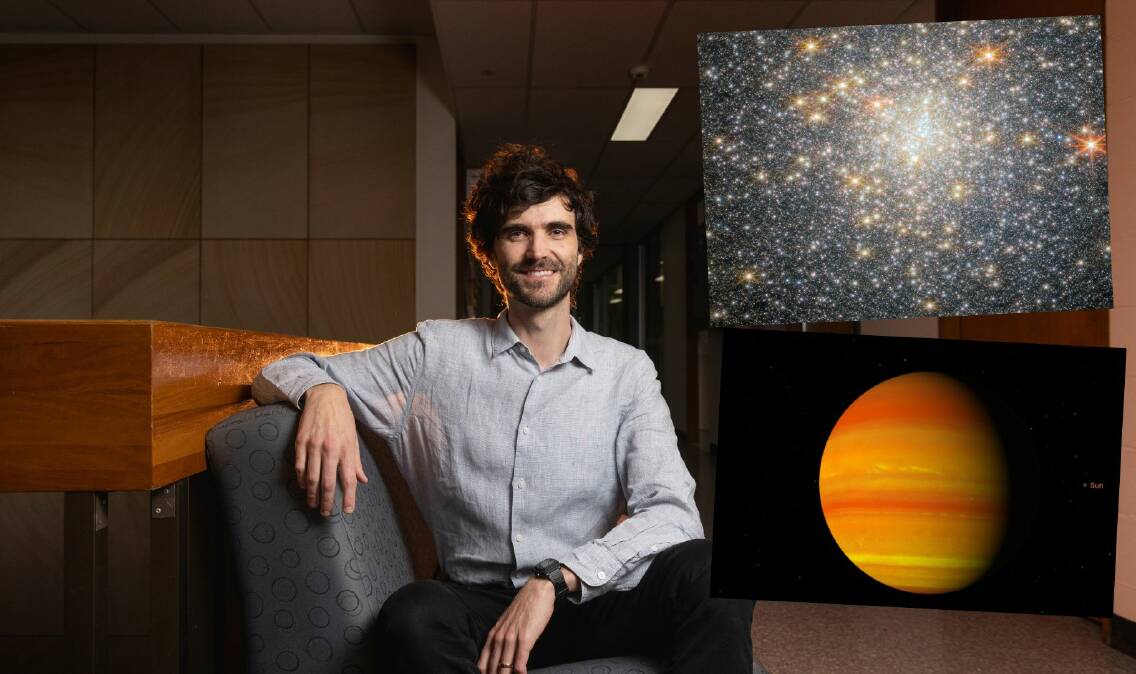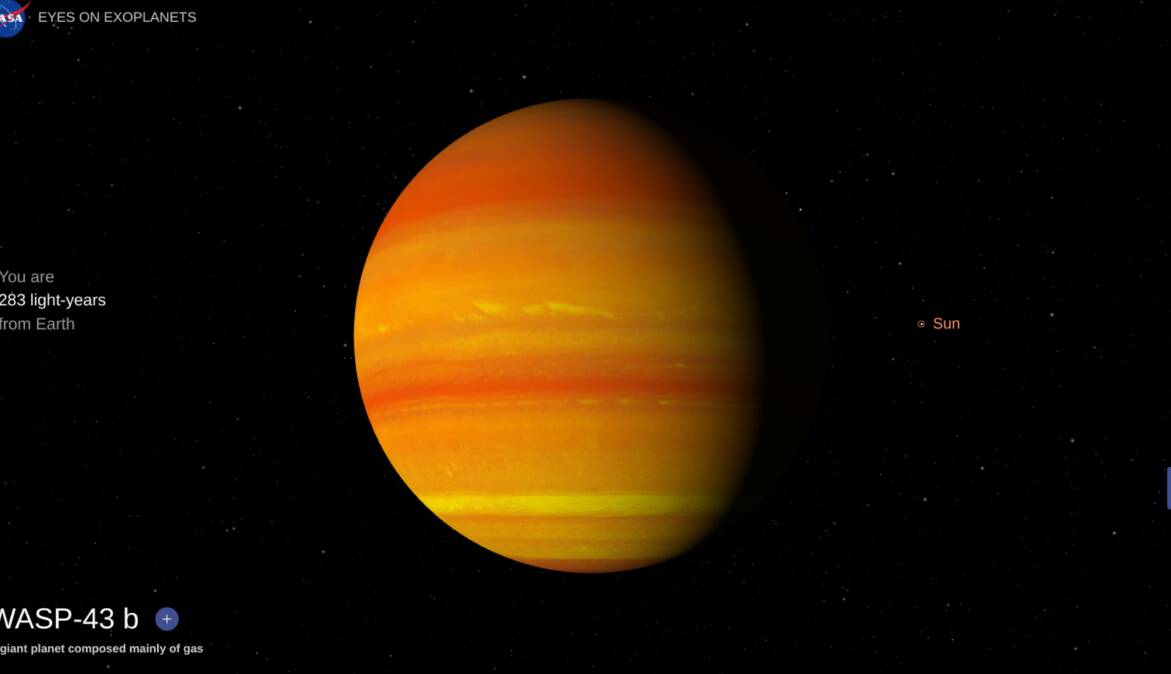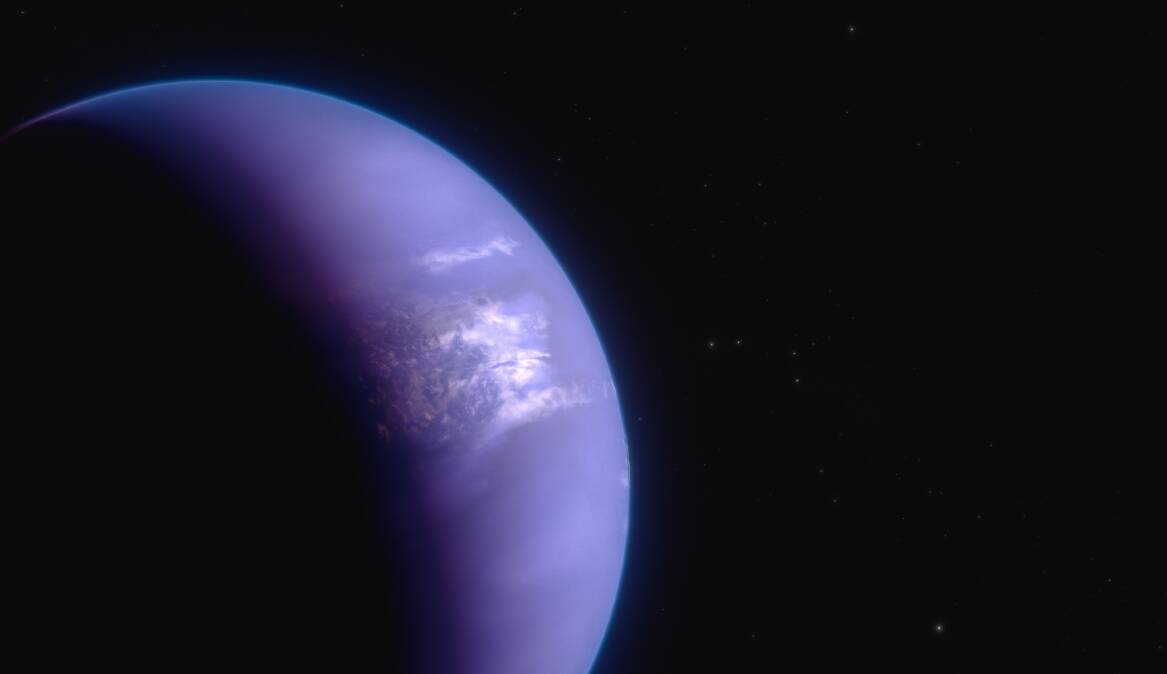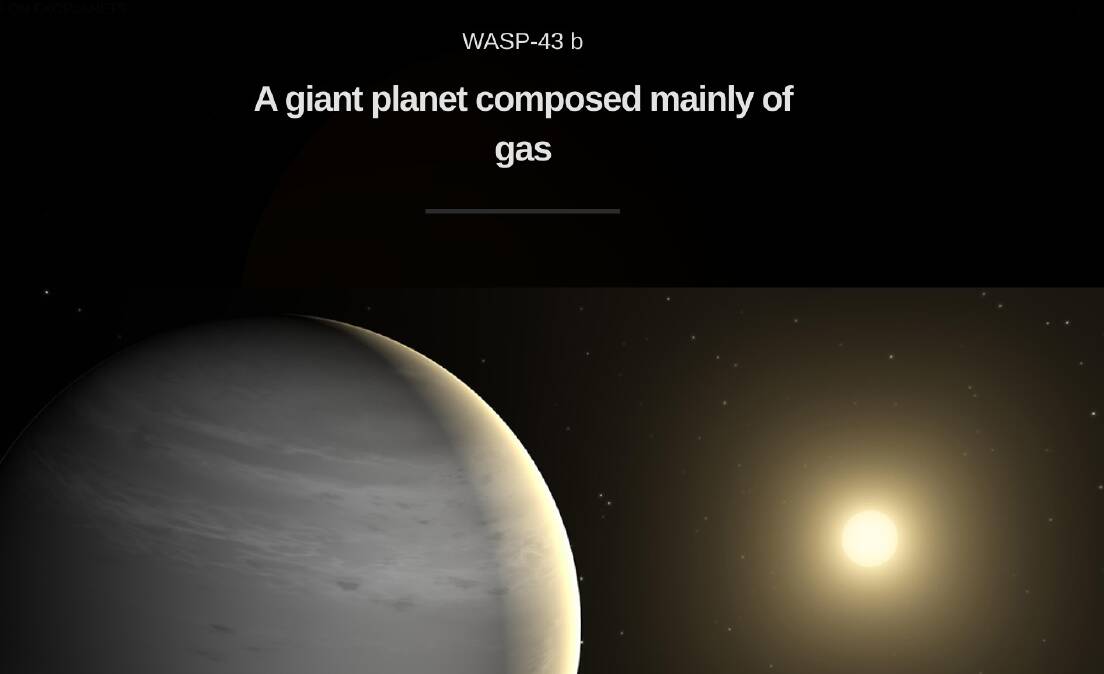




The weather on planet Earth may be cause for concern, but it's nothing compared to a hellish world 280 light years away.
University of Newcastle astronomer Tom Evans-Soma helped determine the weather on a planet known as WASP-43b, with data from NASA's James Webb Space Telescope.
Dr Evans-Soma co-authored a study on the planet, published in Nature Astronomy, which found it had "clear skies with an average temperature of nearly 1250 degrees".
At night, the temperature can reach 600 degrees with heavy cloud coverage.
WASP-43b, similar in size to Jupiter, is a hot gas planet made mainly of hydrogen and helium.
It's known as an exoplanet, which are planets beyond our solar system.
And it's much hotter than the 464-degree average on Venus, the hottest planet in our solar system.
WASP-43b had a surprising lack of methane, attributed to wind speeds up to 8000 kilometres per hour.
"There's no way we could imagine life being stable in these sorts of conditions," Dr Evans-Soma said.
"The dayside temperatures are hot enough to melt iron."
However, the James Webb telescope could make advances in the search for extraterrestrial life, with the detection of "biosignatures" now possible.
"There's talk that we could detect certain chemicals in planetary atmospheres that may indicate activity from biology," Dr Evans-Soma said.
"It's not totally out of the question that we could detect biosignatures, but we'll have to get extremely lucky for that to be the case."

Dr Evans-Soma is using data from the James Webb telescope to examine exoplanets in "strange and exotic systems".
"It will allow us to study the atmospheres of planets that are fairly similar to the Earth in many respects," he said.
This included rocky planets with temperatures similar to Earth, where liquid water can exist.
"However, the only planets that we have a chance of detecting biosignatures with the James Webb telescope are those that orbit red dwarf stars," he said.

Dr Evans-Soma is a member of an international team analysing data from the telescope, which has been making headlines around the world.
"It will revolutionise our ability to study exoplanet atmospheres," he said.
He said this was due to the "precision of measurements we're able to make and the types of phenomena we're able to explore in these atmospheres".
"Now we're starting to get data for planets around other stars of similar quality to what we were getting for our solar system planets 50 years ago.
"It's broadening our horizons. We'll be able to start to build a universal understanding of how planetary atmospheres operate."
He said the telescope would enable exploration of "an exciting class of planet called sub-Neptunes".
"They're intermediate in size between Earth and Neptune. We have discovered in the last 10 years or so that they are one of the most abundant planet types in the galaxy.
"Yet we don't have any in our own solar system. It's a new frontier for us to explore.
"They're probably key to understanding the galactic planetary population."







